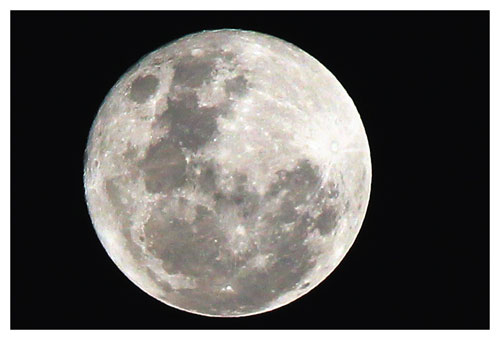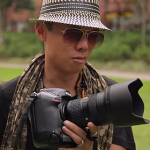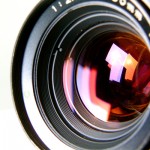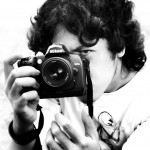
Taking images of Moon can be challenging, unpredictable, complicated and at the same time it can be the most interesting thing to do especially when the moon rises as a huge globe over the horizon. It’s without question the brightest spot in the night sky and maybe due to the lunar mystic or simply due to its beauty a magnet for cameras.
Below are the few tips to understand how to take brilliant moon pictures.
– Before going out for moon photography, you should know the exact time of moon appearing at your chosen phase; it’s not easy to determine when and where the moon will appear; for that you can visit several online sources which provide complete information regarding moon. Secondly you should also be aware of the weather conditions of your area; obviously you cannot take desired images with clouds all over the sky. So update yourself to the latest weather forecast before going outside.
– When photographing the moon, it is helpful to have the right equipment. For close-up shots, you’ll want to use the longest telephoto lens you have. . Long telephoto lens are essential for capturing close-ups of the moon. A camera with a low-noise sensor also helps resolve more detail. In the end, your equipment plays a big part in the quality of your moon photographs. If you have 1.4x or 2x converters, those will be useful too. The table below shows the lens used and how big the size of the moon will be on a full frame camera. If you have a DSLR with a crop sensor, multiple the size by your sensors crop factor. For example, if your sensor is a 1.6x crop, multiple the percentage by 1.6 to find out how big the moon will be on your camera. As you can see in the chart below, anything under 300mm will appear as a dot. If you do not have telephoto lens, you can always crop it on your computer afterwards but the resolution will not be as high. To achieve the highest resolution image of the moon, use the longest telephoto lens you have.
– Using tripod is extremely important as you will require long exposures to take moon images. Tripod will help you steady your camera since you will require maximum zooming to capture moon, zooming increases the chance of camera shake so with tripod you can avoid camera shake as well as you can adjust it according to your needs and requirements.
You should also have a cable shutter release or remote shutter to avoid manually pressing shutter button because pressing shutter button manually will produce shaky pictures. If you don’t have cable shutter release or remote shutter than set you camera to self-timer.
– Try to shoot the moon within 15 to 20 minutes of moonrise. After that time, the moon will be too bright to capture without making everything else in the picture too dark.
– Bracketing – Digital cameras are much like shooting slide film. They need accurate exposure and they do not tolerate oveer exposure. Take advantage of the lack of film cost and bracket whenever you can and you do not have control of the lighting. Even if you are shooting fiilm bracketing is still needed when you are unsure of the proper expsoure.
The esscence of bracketing is taking multiple exposures of the subject and varying the exposure. In fact, some cameras have this as an option. In essence, you can expose an image for the highlights, midtones, and shadows and then use those images to build a final one or to just to be sure you have it.
How much? That depends upon if you are shooting digital, negative or slide. For negative use 1 f-stop minimum. For slide 1/2 stop increments. For digital you should use 1/2 stop variations. However, these are just guides. Look at your subject.
– Rule of Third – Place your center of interest, vertically or horizontally, at the 1/3 and 2/3 points in your viewfinder for a stronger composition.
– After you are done with moon photography it’s good to use some good photo editing application to crop moon out of your picture and make it more big and enchanting.
via




